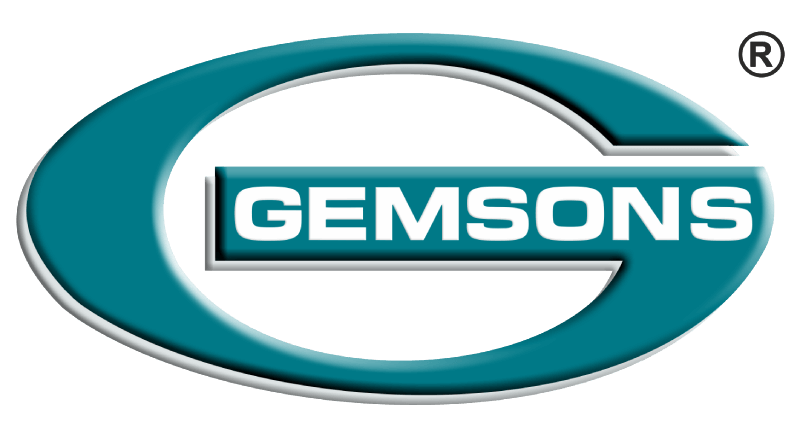With advanced manufacturing becoming increasingly sophisticated and precision-based, it is essential to combine various machining technologies in order to achieve close tolerances and complex part geometries. A compelling combination is incorporating wire EDM machining into conventional CNC machining processes. This hybrid solution provides manufacturers with greater flexibility, precision, and efficiency, particularly when handling complex parts, hard-to-machine materials, and high-spec markets such as aerospace, medical, and automotive.
Understanding CNC and Wire EDM Machining
CNC machining is a subtractive method of manufacturing where tools such as mills, lathes, and drills take away material from a workpiece according to programmed directions. It’s best for shaping, cutting, and finishing parts with great speed and repeatability.
Wire EDM machining (Electrical Discharge Machining), on the other hand, is a non-contact process that uses an electrically charged thin wire to erode conductive materials with extreme precision. It’s especially useful for intricate profiles, sharp internal corners, and extremely tight tolerances that are challenging to achieve with conventional cutting tools.
Why Combine Wire EDM with CNC Machining?
In many production scenarios, CNC machining lays the groundwork for shaping a part, while wire EDM machining finishes it with high precision and fine detailing. This integration provides several advantages:
- Enhanced Accuracy: CNC machining can achieve tight tolerances, but wire EDM machining can go even further, making it ideal for components requiring micron-level precision.
- Complex Internal Geometries: EDM can create features like internal keyways, sharp angles, and narrow slots that are hard or impossible to produce using traditional tools.
- Material Flexibility: Hard-to-machine materials such as titanium, Inconel, and hardened steels are more easily managed by EDM due to its non-contact nature.
- Reduced Tool Wear: EDM does not involve physical cutting tools, which means zero wear and tear—ideal for prolonging machine life and maintaining consistency.
Ideal Workflow: When and How to Use Wire EDM
An integrated process begins typically with CNC machining for rough material removal and overall shaping. After the part is brought to a semi-finished level, wire EDM machining then handles the final detailing, tight tolerance locations, or difficult-to-access internal cuts.
Here’s a typical example of an integrated workflow:
- Rough Machining – CNC machines remove most of the material quickly and cost-effectively.
- Precision Cutting – Wire EDM machining is used for high-precision slots, contours, or through-holes.
- Surface Finishing – Additional CNC processes or polishing may follow for cosmetic or functional surface requirements.
By combining both processes, manufacturers can optimize production speed without compromising on part quality.
Industries Benefiting from This Integration
The integration of wire EDM machining into CNC workflows is particularly beneficial for sectors where component precision and material integrity are non-negotiable:
- Aerospace: Producing turbine blades, structural brackets, and engine components that demand tight tolerances and heat-resistant materials.
- Medical Devices: Manufacturing surgical tools and implants with complex geometries and biocompatible materials.
- Tool and Die Making: Creating dies, molds, and precision tooling with detailed cavities and sharp internal corners.
- Electronics: Fabricating parts for high-performance connectors, heat sinks, and enclosures requiring intricate cuts and minimal burr.
Challenges and Considerations
While the benefits are substantial, integrating wire EDM with CNC machining requires careful planning and coordination:
- Programming Expertise: Both EDM and CNC processes require specialized CAD/CAM software skills.
- Process Planning: Sequencing operations correctly is critical. Any errors in the CNC stage can affect EDM precision.
- Material Handling: EDM parts are typically smaller and more delicate, requiring careful fixturing and handling.
However, with the right experience and infrastructure, these challenges can be turned into competitive advantages.
The Future of Hybrid Machining Workflows
With the development of manufacturing towards Industry 4.0, hybrid workflows such as CNC-EDM integration are gaining popularity. Advanced software, automation, and multi-tasking machines are decreasing setup times and enhancing coordination across processes. This allows manufacturers to undertake more complicated projects at short lead times with high-quality standards.
Conclusion
Integrating wire EDM machining into CNC machining workflows opens up new possibilities for precision engineering. It enables manufacturers to incorporate the speed and flexibility of CNC with the ultra-precision potential of EDM, yielding parts that meet high industry standards and exacting specifications.
Leading the way in this comprehensive approach is Gemsons Precision Engineering, an organization with more than years of experience in CNC machining and the advanced technology to provide high-quality solutions across various industries. Their expertise in wire EDM machining and CNC operations makes them a trusted partner for complex manufacturing needs.



Recent Comments